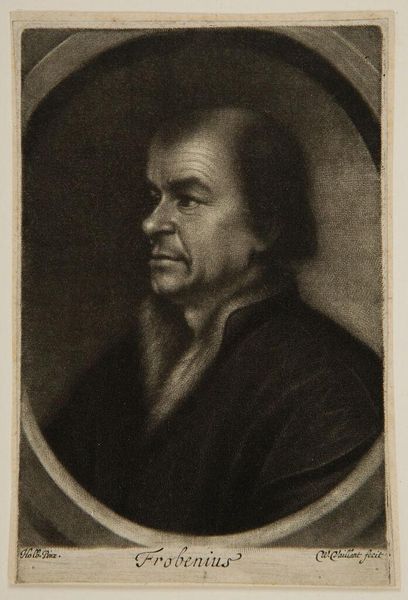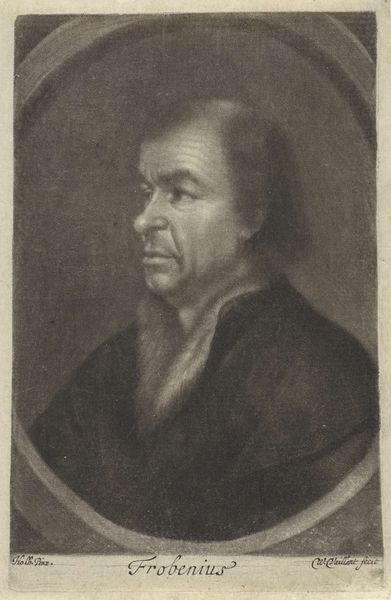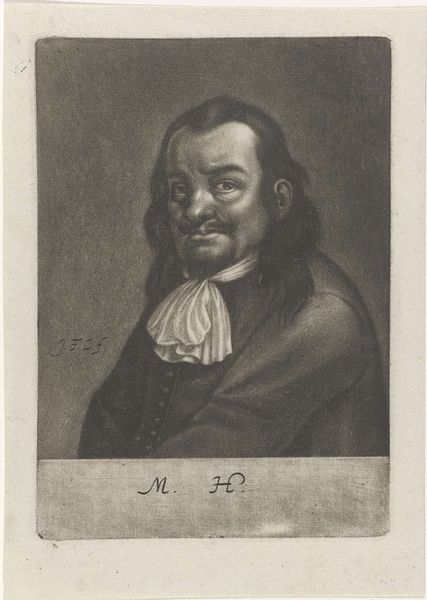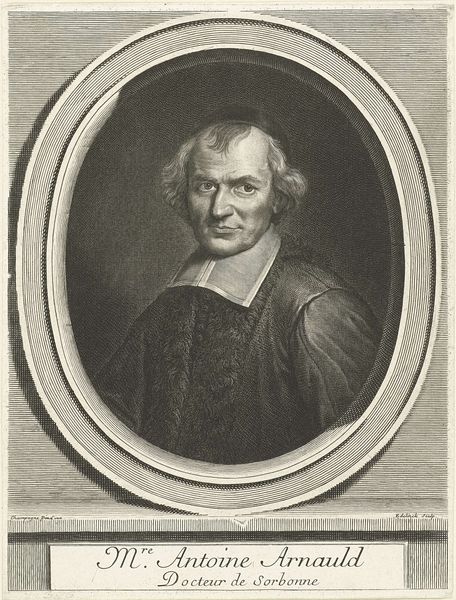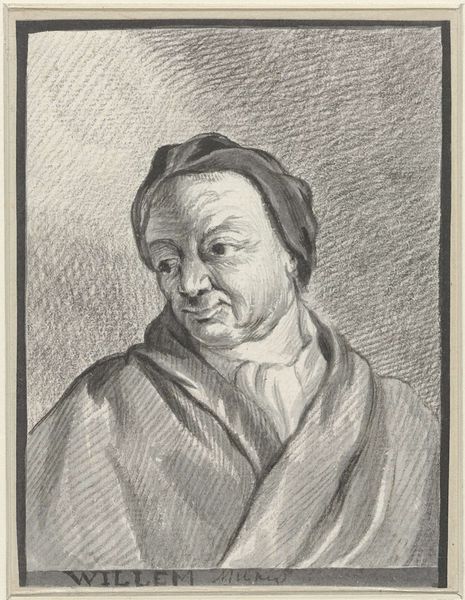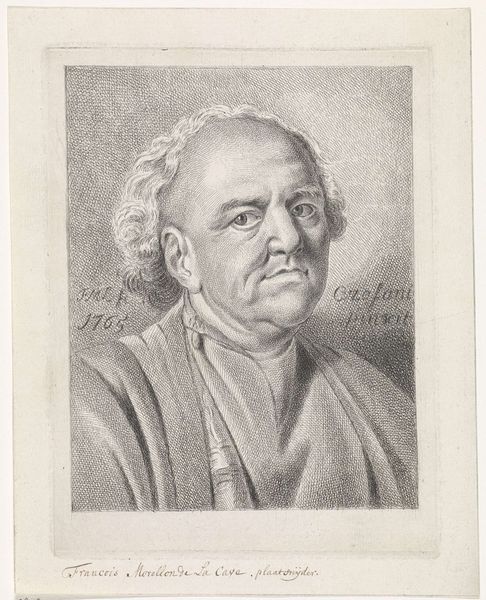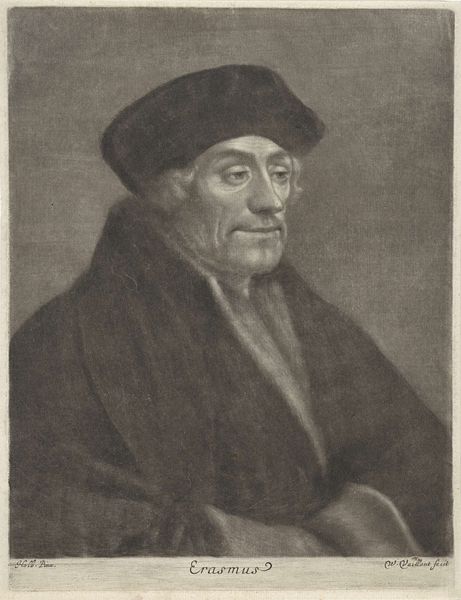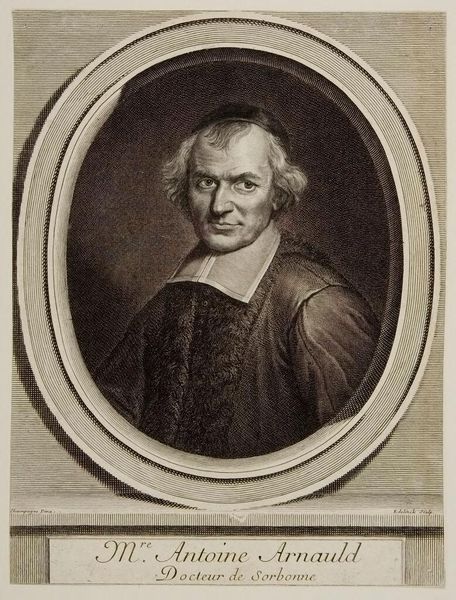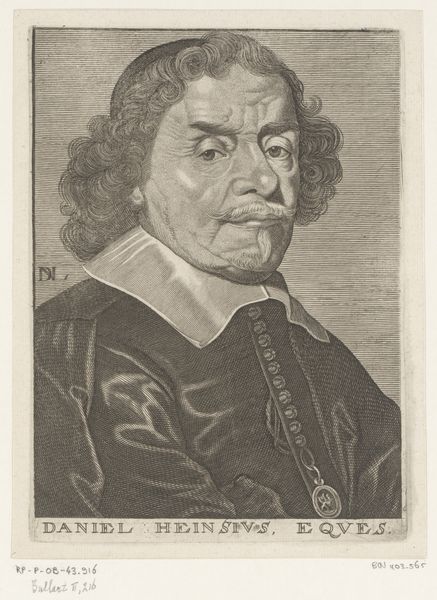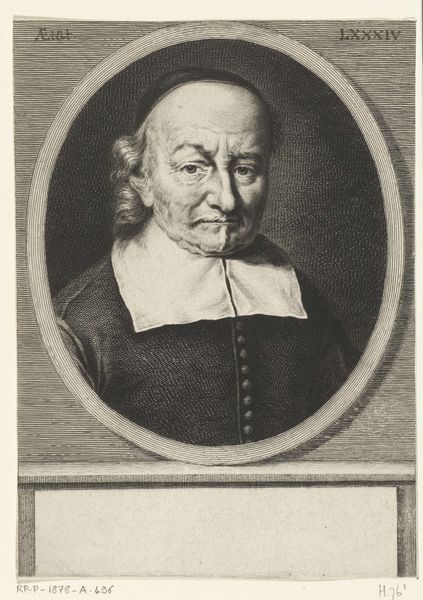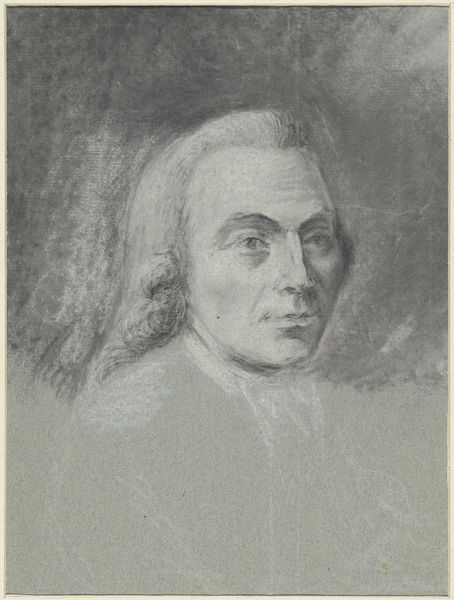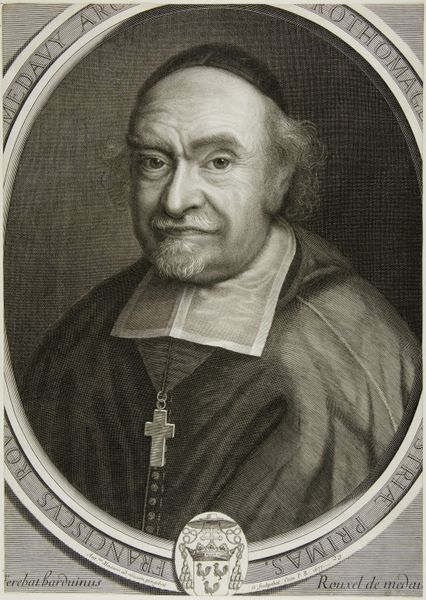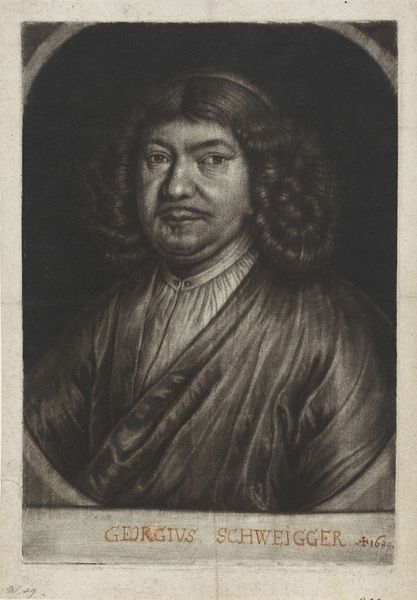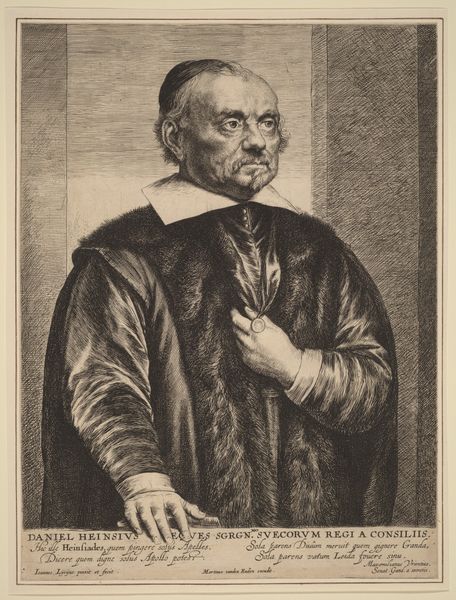
print, engraving
#
portrait
#
baroque
# print
#
engraving
Dimensions: height 129 mm, width 82 mm
Copyright: Rijks Museum: Open Domain
Editor: Here we have Wallerant Vaillant's "Portret van Johann Froben," an engraving dating from 1658 to 1677. I’m struck by how the fine lines of the engraving create such a textured and almost tactile representation. How do you see this portrait, particularly focusing on its materials and context? Curator: The emphasis on the material production is key here. Consider the socio-economic implications of printmaking during this period. This wasn't a unique oil painting for a wealthy patron, but an engraved print. This allowed for wider dissemination of Froben's image, potentially reaching a different class of consumers. How do you think the choice of engraving affected its accessibility and the artist's intention? Editor: That's fascinating! I hadn't considered the economic implications so directly. It suggests that portraiture wasn't just for the elite. The ability to reproduce images certainly democratized representation to some degree. Would you say Vaillant's technique further enhanced or diminished the value attributed to his craft? Curator: A vital question! The skill required for detailed engraving would still have been highly valued. But let's delve deeper: look at the paper itself. Its quality, the ink used, these also contribute to its perceived value and longevity. Consider how those factors affect our interpretation today. Were such portraits always of real people, or were their engravings after paintings and drawings of figures created with an intention toward some ideological position of Froben? Editor: You’ve completely changed my perspective. I was initially just thinking about aesthetics, but now I see how deeply intertwined the artistic process is with economic and social factors. Considering materiality really expands our understanding. Curator: Precisely! By acknowledging production, labor, and even consumption, we recognize that art is more than just aesthetic beauty. It's a product of specific circumstances and decisions, constantly re-evaluated by historical positionality.
Comments
No comments
Be the first to comment and join the conversation on the ultimate creative platform.
